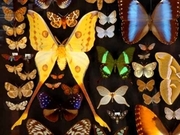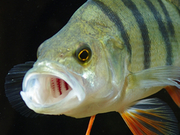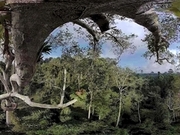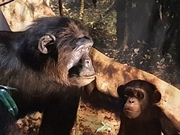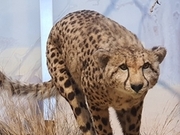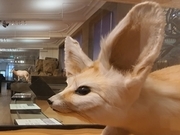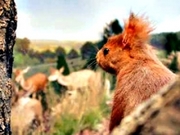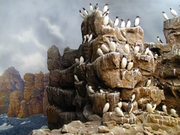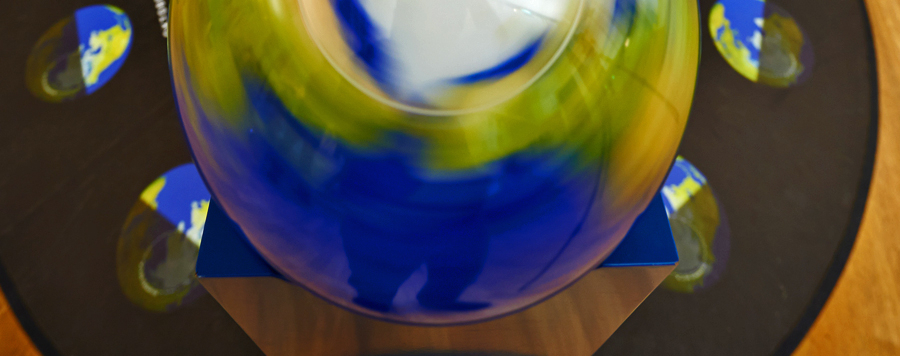
Our Permanent Exhibition: " Our Blue Planet - The Living Network"
Understanding our "life in the global network" makes us comprehend the need for conservation of and research on the biodiversity on our planet and lets us realise how mankind depends on it.
"Life" is all about diversity – the diversity of organisms and different life forms, habitats, species and genes. This diversity, or biodiversity, is itself the basis for life on Earth. Because every living being – whether microorganism, fungus, animal, plant or human – interacts with numerous other organisms in a variety of ways. Thus, at the same time, it shapes the habitat and the ecosystem it lives in, it also depends on it. The different ecosystems on earth in turn are connected to one another. The result is the "living network", of which human beings are a part.
As the growth of human population is enormous, Humans are the fundamental cause of one of the three biggest mass extinctions the world has ever seen. Thus, involved in a race against time, museum scientists study biodiverstiy in nearly every region of the world, from the African and South American tropics to Antarctica but also in Europe and Germany.
Our permanent exhibit provides insights into the most important ecosystems on earth and into the "laws of nature":
Why are bushfires important in the savannah? How do animals adapt to extreme conditions in the Arctic and Antarctic? What role do driver ants play in the rainforest? How is the Sahara desert linked to Central Europe and why does the Amazon rainforest depend on it? How do freshwater habitats function?
The exhibitions show that precise knowledge about species, that is, elements of life communities, allow well-founded prognoses about the cooperation in the ecosystems. The vital research of the Zoologisches Forschungsmuseum Alexander Koenig contributes to the maintenance of the functionality of our environment.



